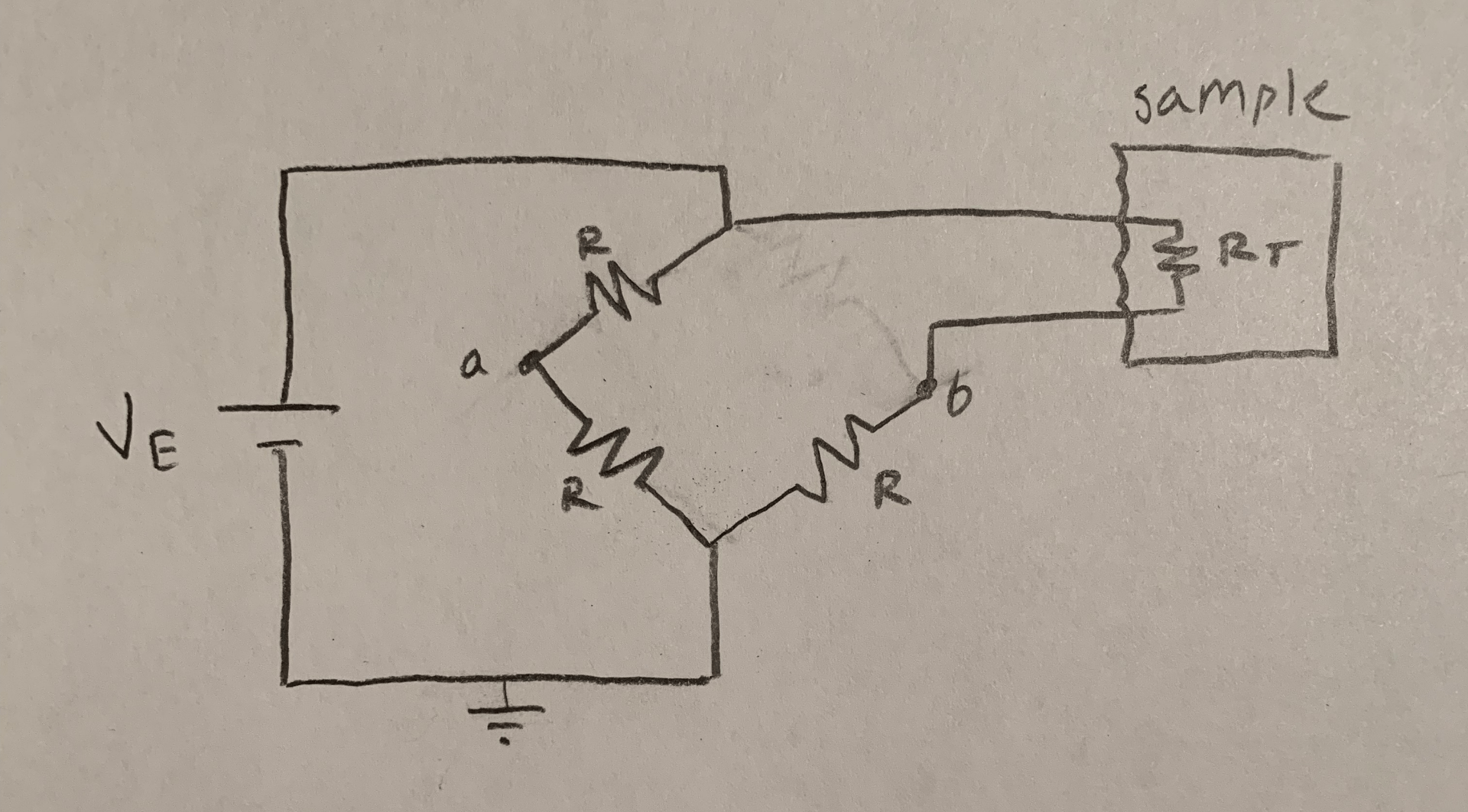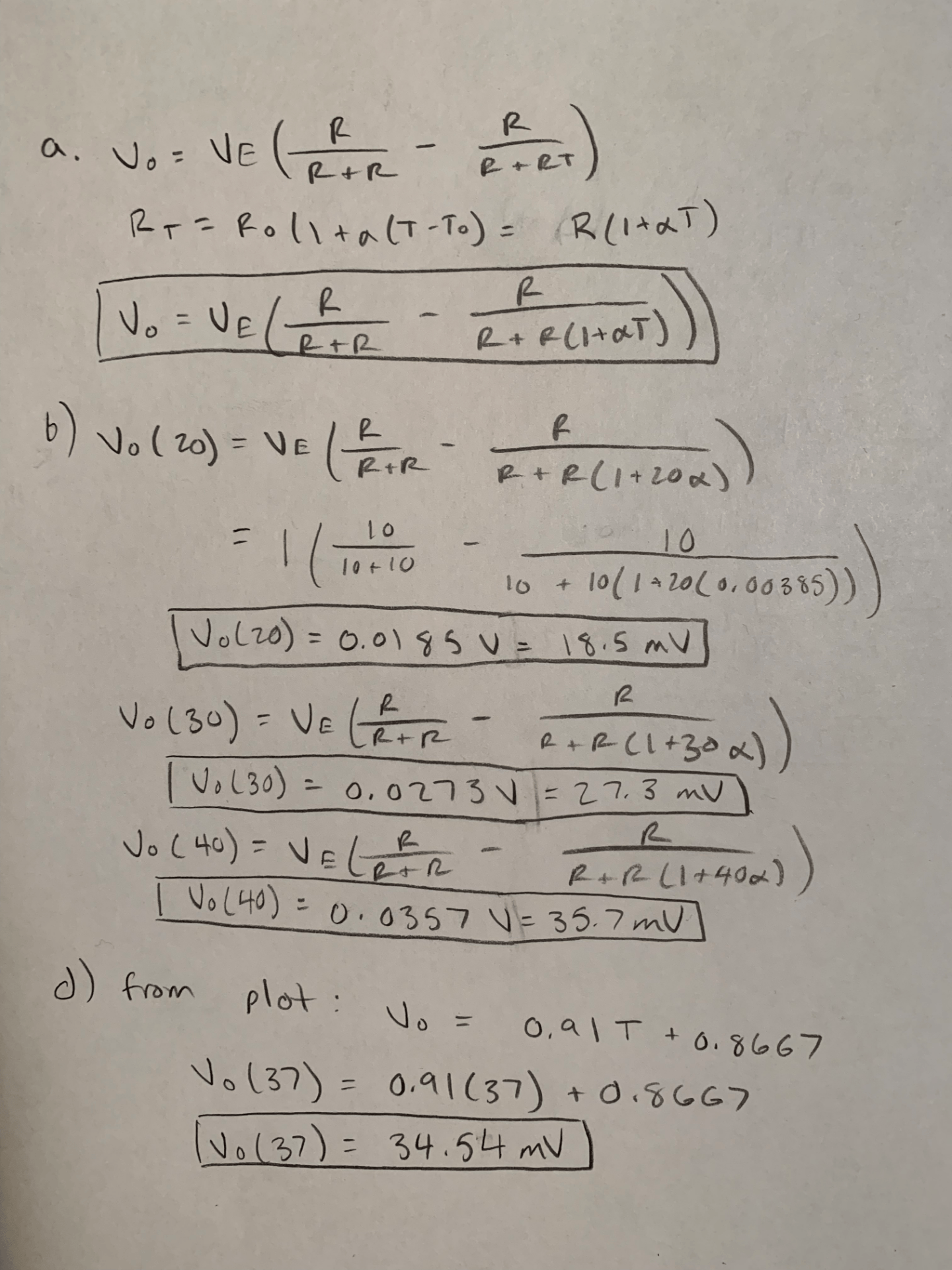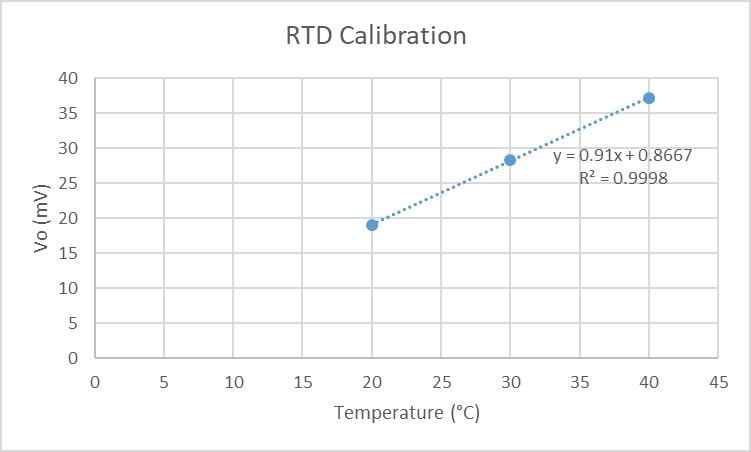Ever get that feeling two days after a tough run, or a ride that you knew was just a few miles too long, or your first leg day in months (come on, we’re all guilty of that), where you begin to question whether you will ever walk the same again? Walking down the stairs feels like torture, and your quads feel like they get angrier at you with every step you take? Muscle soreness, more specifically delayed onset muscle soreness (DOMS) is common in athletes of all levels of expertise. It occurs after performing a training activity that is unfamiliar. This could be activities than an athlete has not performed in a few months, activities they’ve never performed before, or even simply an intensity level or duration of exercise that they don’t normally reach, despite performing that exercise regularly. These unfamiliar activities, also known as eccentric training, are known to induce severe muscle soreness characterized by increasing intensity of symptoms beginning as late as 24-48 hours after exercise and lasting for days. The underlying physiological mechanism causing DOMS is still unknown and highly disputed, but at least six hypothesized theories for this mechanism have been proposed: lactic acid, muscle spasm, connective tissue damage, muscle damage, inflammation, and enzyme efflux theories [1]. Currently, there exist therapies that have been experimentally shown to decrease DOMS prevalence, including various hydrotherapies [2] and foam rolling [3], but more effective preventative therapies could probably be developed if the underlying physiological mechanism was identified. In order to better understand this phenomenon and the unfortunate encounters I’m sure we’ve all had with it, we are going to look into some of those proposed mechanisms and try to get some insight on how it works (or doesn’t).
Lactic acid is easy to blame for exercise-related muscle pain because of its high production rates during exercise and its perceived role in muscle fatigue and soreness (which is often highly exaggerated). While lactic acid is a common byproduct of exercise, its role in the development of DOMS is likely insignificant. A study performed in 1983 measuring blood lactic acid concentration before and during two different 45-minute treadmill exercises, one on a level surface and one at a 10% decline, found that DOMS was not prevalent in level-surface runners, even though lactic acid concentration was significantly increased. Conversely, downhill runners saw no significant increases in lactic acid concentrations but experienced significant DOMS [4]. There was clearly no relationship between presence of lactic acid and development of DOMS, and the two in fact appeared to be mutually exclusive, so let’s move on to another of the previously mentioned theories.
The inflammation theory initially seems to have a bit more validity, as the similarities between the acute inflammation response, a response to various types of injury including muscle damage, and DOMS are striking. Both phenomena can be characterized by pain, swelling, and loss of function at the area of interest. The time lines seem to match up as well, as both have been reported to increase in severity for about 48 hours and show signs of healing at 72 hours. The issue with this theory though, is the lack of physiological evidence, which is arguably the most important kind. Studies investigating the relationship between DOMS onset and inflammatory biomarkers, like white blood cells and neutrophils, have often failed to find significant results, leading us to believe that inflammation does not cause DOMS [5]. Another drawback of the inflammation theory is the ineffectiveness of anti-inflammatory drugs in preventing DOMS-related pain. A study done using an anti-inflammatory drug and placebo on athletes undergoing eccentric bicycle exercise found no changes in subjective soreness between drug and placebo groups, suggesting that inflammation is not the source of DOMS pain [6]. We won’t completely remove inflammation from the picture though, as it may play more of a role than it appears.
While inflammation itself is likely not the cause of DOMS pain, inflammatory-related processes may not be completely innocent. Bradykinin, an inflammatory mediator, is believed to play a role in DOMS after a study done in 2010 by Murase et al [7]. This study used a previously established rat model of DOMS to show that injecting a B2 (but not B1) bradykinin receptor antagonist 30 minutes before exercise completely prevented DOMS in those rats. The antagonistic effects of the drug used, HOE 140, only last about an hour in the body, and they found that when injecting it 30 minutes after exercise, it had no effect in preventing DOMS. The results can be seen below.

This suggests that bradykinin released during exercise plays a direct role in the development of DOMS, and that preventing that bradykinin from interacting with the B2 receptor prevents DOMS. The role of bradykinin and the B2 receptor in the development of DOMS is not well understood, but it seems like a step in the right direction to me.
There is too much research out there on DOMS to cover in one lowly blog post. I wanted to debunk the lactic acid theory as lactic acid is often a scapegoat for exercise-related pain that is likely sourced elsewhere. While inflammation and DOMS have many similarities that may lead some to believe that there is a causal relationship there, that is also likely not the case. However, there is definitely evidence of some sort of relationship between the two. Further research into the physiological pathway that leads to DOMS is definitely needed to make any conclusive statements on the issue, and the bradykinin B2 receptor pathway is probably a good place to start. But until then, you’re just going to have to suck it up next time you feel like your quads will never work again two days after your new leg routine. Many have been there and survived before. You will too.
Questions to consider:
What distinguishes DOMS from standard muscle soreness?
Think about any times you may have experienced DOMS- what were you doing and why do you think it led to DOMS?
How could you determine the presence of DOMS in animal models when it cannot be subjectively reported? (Hint: check reference 7 for ideas)
How could preventative therapies for DOMS promote better health and wellness?
References:
[1] Cheung, K., Hume, P. A., & Maxwell, L. (February 01, 2003). Delayed Onset Muscle Soreness: Treatment Strategies and Performance Factors. Sports Medicine, 33, 2, 145-164.
[2] Vaile, J., Halson, S., Gill, N., & Dawson, B. (March 01, 2008). Effect of hydrotherapy on the signs and symptoms of delayed onset muscle soreness. European Journal of Applied Physiology, 102, 4, 447-455.
[3] Pearcey, G. E., Bradbury-Squires, D. J., Kawamoto, J. E., Drinkwater, E. J., Behm, D. G., & Button, D. C. (January 01, 2015). Foam rolling for delayed-onset muscle soreness and recovery of dynamic performance measures. Journal of Athletic Training, 50, 1, 5-13.
[4] Schwane, J. A., Watrous, B. G., Johnson, S. R., & Armstrong, R. B. (January 01, 1983). Is Lactic Acid Related to Delayed-Onset Muscle Soreness?. The Physician and Sportsmedicine, 11, 3, 124-31.
[5] Smith, L. L. (January 01, 1991). Acute inflammation: the underlying mechanism in delayed onset muscle soreness?. Medicine and Science in Sports and Exercise, 23, 5, 542-51.
[6] Kuipers, H., Keizer, H. A., Verstappen, F. T., & Costill, D. L. (January 01, 1985). Influence of a prostaglandin-inhibiting drug on muscle soreness after eccentric work. International Journal of Sports Medicine, 6, 6, 336-9.
[7] Murase, S., Terazawa, E., Queme, F., Ota, H., Matsuda, T., Hirate, K., Kozaki, Y., … Mizumura, K. (January 01, 2010). Bradykinin and nerve growth factor play pivotal roles in muscular mechanical hyperalgesia after exercise (delayed-onset muscle soreness). The Journal of Neuroscience : the Official Journal of the Society for Neuroscience, 30, 10, 3752-61.






